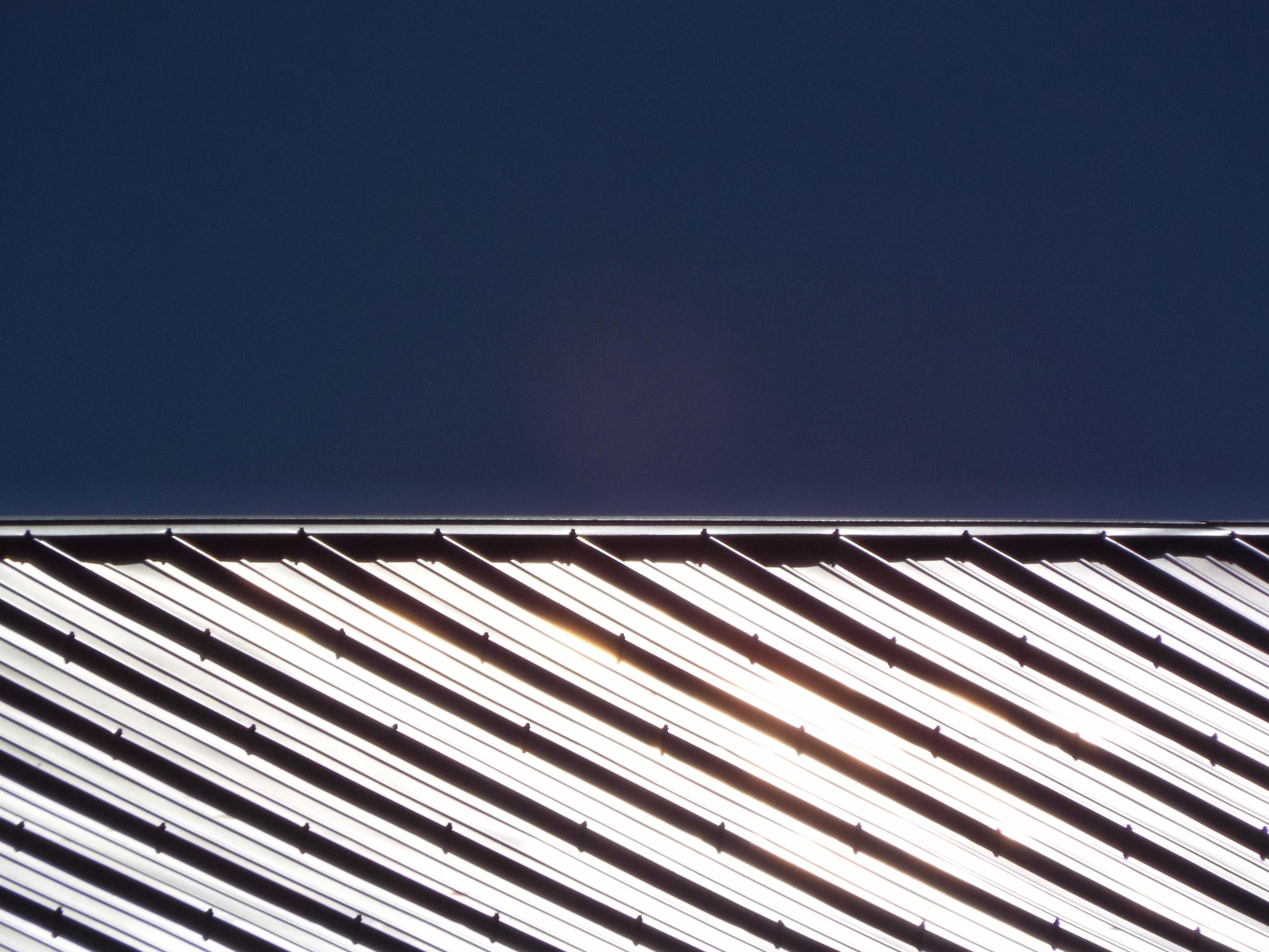Defining Green Roofs: Go Beyond Vegetative Systems
Sustainability is a growing concern in all types of institutional and commercial facilities, and roofs can make buildings more environmentally friendly. Although numerous types of roof systems tout their environmental benefits, not all can be considered sustainable or green.
Evaluating various roof options in terms of sustainability first requires managers to understand the definitions of green. A green roof most commonly refers to a vegetative roof system that contains live plants atop the roof membrane. While this system offers many environmental benefits, managers should not limit the discussion of sustainability in roofing exclusively to vegetation.
By adopting a bigger-picture definition for green roofs, understanding current benchmarks for evaluating a roof’s environmental impact, and considering overall life-cycle impact, managers can ensure roofing helps organizations achieve their sustainability goals.
Defining Green
A roof generally is considered green if it is environmentally friendly. The International Council for Research and Innovation in Building and Construction, an international group of experts in roofing material and design, recognizes a roof as sustainable if it adheres to the following tenets:
• minimizes the burden on the environment by using the earth’s resources responsibly
• conserves energy by improving the roof’s thermal efficiency
• extends roof life span by improving long-term performance.
Using a definition of green that considers the sustainable qualities of a roof, rather than its particular components, a vegetative system is not the only option worthy of the green-roof designation. To evaluate and compare the relative green-ness of roofs, managers need to examine the characteristics of each system in terms of overall environmental impact throughout the roof’s performance life.
Too often when investigating a roof’s environmental impact, managers focus on active in-service life while ignoring other key life-cycle issues that affect sustainability. To correct for this, according to Oak Ridge National Laboratory, a truly green roof should be identified as: “a roofing system that is designed, constructed, maintained, rehabilitated, and demolished with an emphasis throughout its life-cycle on using natural resources efficiently and preserving the global environment.”
By considering this new definition and incorporating the three tenets listed above, managers can better evaluate the environmental impact of both vegetative and non-vegetative systems over their life cycles to reveal how green they actually are.
Related Topics:














